Best Teeth Whitening After Braces
Achieving a dazzling smile after braces is a common goal, but it requires careful consideration and the right approach. The journey to a brighter, more confident smile doesn’t end when your braces come off; it’s often just the beginning. This guide explores the best teeth whitening options available after braces, providing valuable insights and practical advice to help you attain the radiant results you desire. Whether you’re considering professional treatments or at-home methods, understanding the nuances of post-braces teeth whitening is essential. With the right information and strategies, you can confidently embark on your journey to a brighter, more attractive smile.
Why Teeth Whitening After Braces
Braces, while effective in straightening teeth, can sometimes leave behind challenges when it comes to achieving a uniformly bright smile. Understanding these issues is crucial before beginning any teeth whitening regimen. The presence of brackets and wires during orthodontic treatment often leads to uneven staining, as certain areas of the teeth may be more exposed to staining agents than others. This can result in an inconsistent appearance, with some parts of your teeth appearing significantly brighter than others after the braces are removed. Additionally, teeth sensitivity can be exacerbated after braces due to the shift in pressure, making certain whitening methods potentially uncomfortable or even painful.
Uneven Whitening
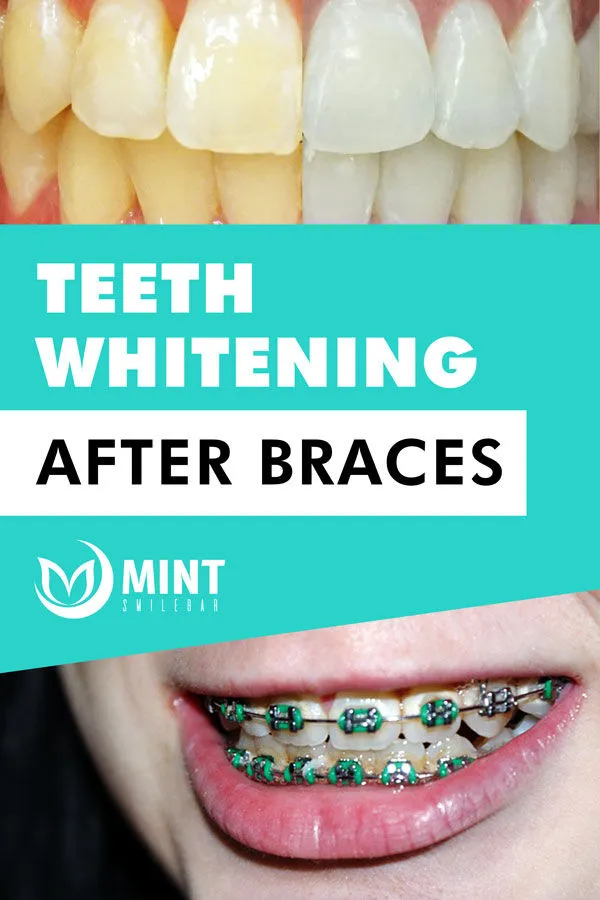
The main reason for uneven whitening is the placement of brackets. These brackets cover parts of the tooth surface, preventing whitening agents from reaching those areas. As a result, the areas covered by brackets may appear darker than the exposed areas. This contrast can be particularly noticeable right after the braces are removed. Furthermore, the use of adhesives during the bracket-bonding process can sometimes leave subtle residues that affect how evenly the teeth whiten. Therefore, a careful evaluation and strategic whitening plan are necessary to address this common challenge.
Sensitivity Concerns
Teeth sensitivity can be a significant concern after braces. The enamel may be slightly weakened due to the pressure exerted during orthodontic treatment and the removal of brackets. This heightened sensitivity can make the use of strong whitening products uncomfortable or even painful. Sensitivity can manifest as sharp, sudden pains or persistent discomfort, especially when exposed to cold or hot temperatures, acidic foods, or sugary drinks. It is therefore very important to consult with your dentist to determine if your teeth are ready for whitening treatments. If sensitivity is a concern, your dentist can recommend methods that reduce these side effects, such as desensitizing toothpaste or milder whitening formulations.
Best Teeth Whitening Options
Several effective teeth whitening options are available after braces, each with its own advantages and considerations. Professional whitening performed by a dentist offers the most immediate and controlled results, while at-home whitening kits provide a more convenient and cost-effective alternative. In addition, over-the-counter products like whitening strips and toothpaste also offer a more accessible choice. The ideal method depends on your individual needs, sensitivity levels, and desired outcomes. Weighing the pros and cons of each option, in consultation with your dentist, will help you determine the best choice for achieving a bright, beautiful smile.
Professional Whitening
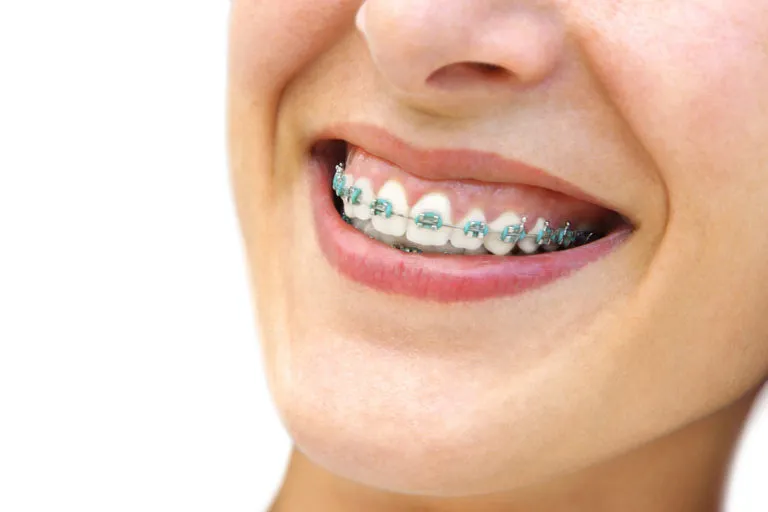
Professional teeth whitening, performed at a dentist’s office, is often the most effective method for achieving significant and immediate results. Dentists use a high-concentration hydrogen peroxide gel that is applied to the teeth. This treatment is often coupled with a special light or laser to accelerate the whitening process. The entire procedure usually takes about an hour, and results can be dramatic, often brightening teeth several shades in a single session. This is especially beneficial after braces, as dentists can ensure even whitening and address specific staining issues that may have arisen. This method allows for professional oversight and can also mitigate the risk of sensitivity. For anyone seeking the fastest and most impressive results, professional whitening is a top choice.
In-Office Whitening Procedure
The in-office whitening procedure typically begins with a thorough cleaning to remove plaque and debris. The dentist then protects the gums with a protective barrier before applying the whitening agent to the teeth. The whitening gel is left on for a specified amount of time, and a special light may be used to enhance the process. After the treatment, the teeth are rinsed, and the dentist may apply a fluoride treatment to reduce sensitivity. The entire process usually takes about an hour, and multiple sessions may be needed to achieve the desired level of brightness. Following the procedure, patients are often given aftercare instructions, which might include avoiding certain foods and drinks that can stain teeth.
Advantages of Professional Whitening
Professional whitening offers several key advantages, including faster and more dramatic results compared to at-home methods. Dentists can use higher concentrations of whitening agents, which penetrate the enamel more effectively. This ensures a more even and thorough whitening, which is particularly useful after braces. Professional treatments are also performed under the supervision of a dental professional, who can monitor the process and address any sensitivity issues that may arise. This reduces the risk of side effects and ensures the best possible outcome. Another benefit is that dentists can identify and treat underlying dental issues, such as cavities or gum disease, before whitening, which can lead to a healthier and brighter smile overall.
At-Home Whitening Kits
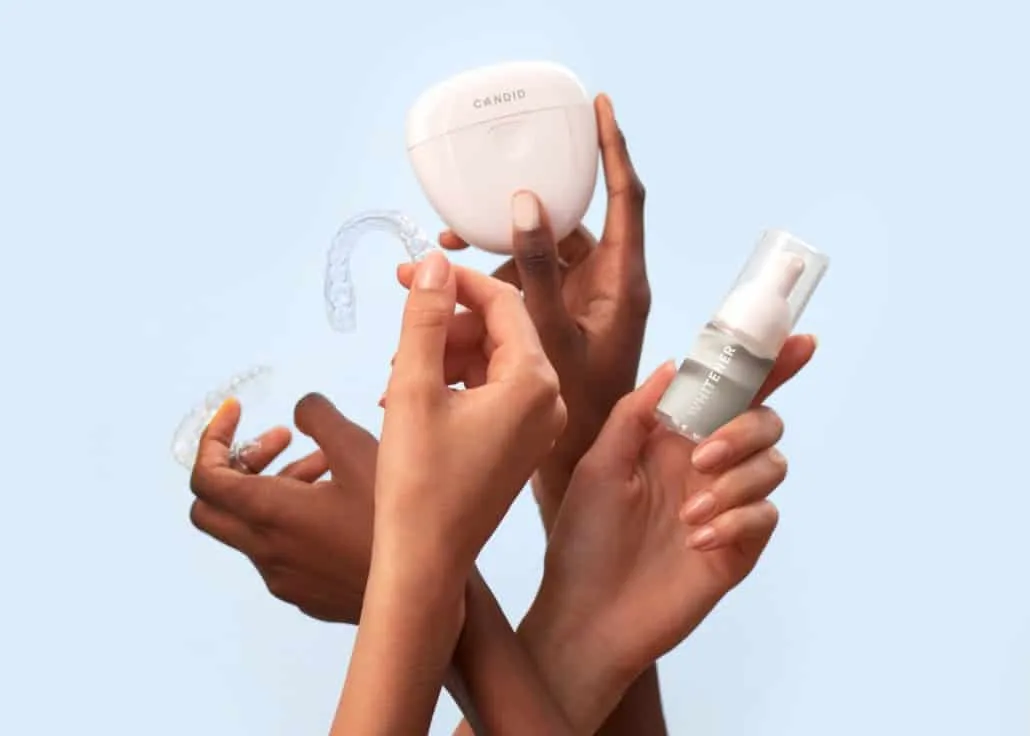
At-home whitening kits offer a more convenient and cost-effective alternative to professional treatments. These kits usually contain custom-fitted trays and a whitening gel that you apply to your teeth. The trays are designed to fit your teeth precisely, which helps to keep the whitening gel in contact with the enamel. Depending on the product and the instructions, you might wear the trays for a few minutes or several hours each day. While at-home kits generally contain lower concentrations of whitening agents than professional treatments, they can still deliver noticeable results over time. This method is ideal for those who prefer a more gradual approach or have sensitivity concerns, as the gentler formulas often cause less discomfort.
Whitening Strips
Whitening strips are one of the most accessible and popular at-home whitening options. These thin, flexible strips are coated with a whitening agent, typically hydrogen peroxide or carbamide peroxide. You apply the strips directly to your teeth, following the specific instructions provided by the manufacturer. The strips adhere to the teeth and begin to whiten them over a period of time. The treatment duration varies depending on the product, often ranging from 30 minutes to an hour each day for a few weeks. Whitening strips are generally easy to use and readily available over the counter, making them a convenient choice for many individuals. While they may not deliver the same dramatic results as professional treatments, they can effectively reduce surface stains and improve the overall brightness of your smile.
Whitening Toothpaste
Whitening toothpaste is a convenient way to incorporate teeth whitening into your daily oral hygiene routine. These toothpastes contain mild abrasive agents that help to remove surface stains. They often include ingredients like silica or hydrated silica, which gently polish the teeth, removing accumulated plaque and debris. Many whitening toothpastes also contain low concentrations of hydrogen peroxide or other whitening agents. Using a whitening toothpaste can help maintain the brightness of your teeth and prevent new stains from forming. However, the results are generally subtle, and whitening toothpaste is not as effective as professional treatments or even whitening strips for significant changes in tooth color. It is best used as part of a broader approach to teeth whitening.
Over-the-Counter Whitening Products
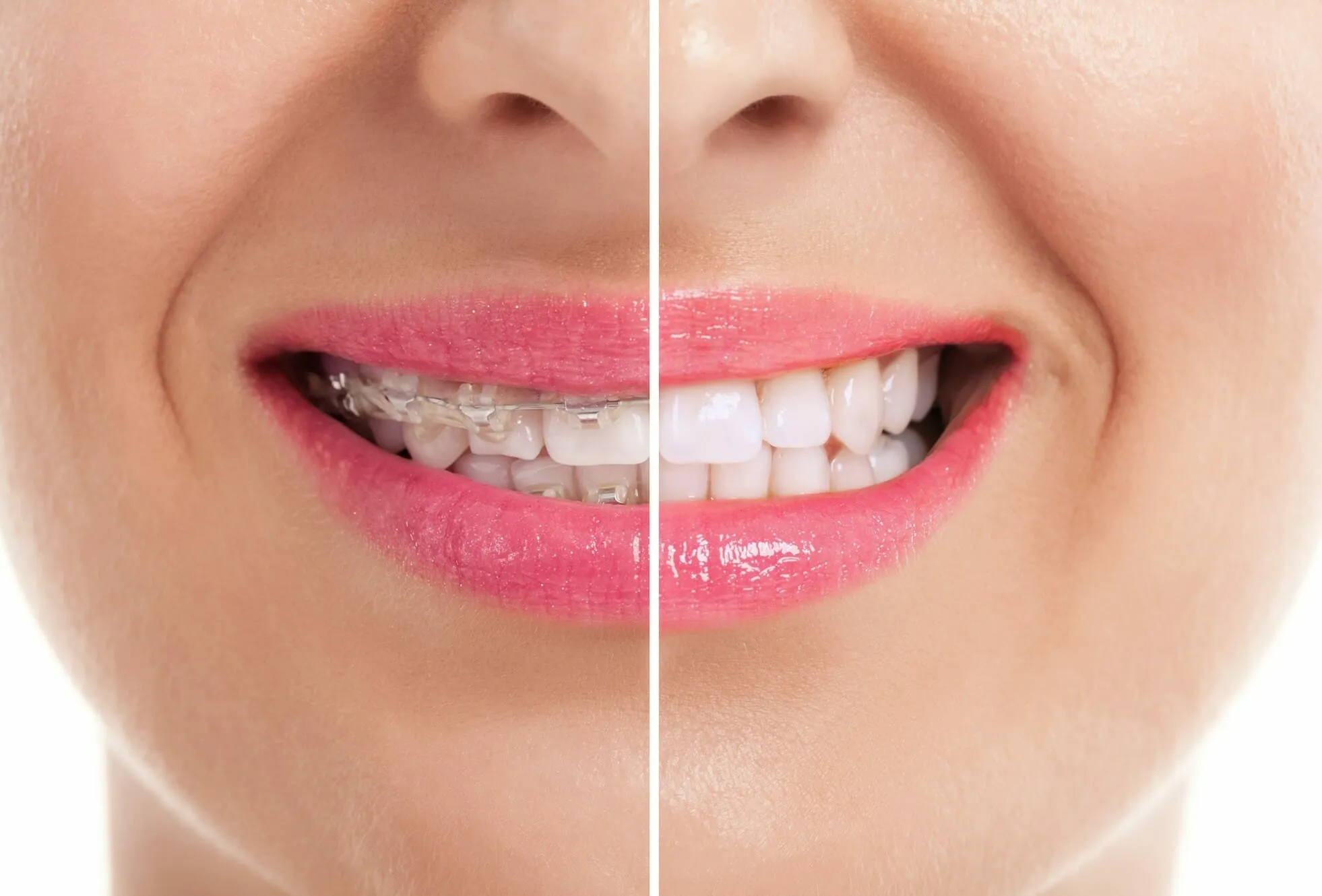
In addition to whitening strips and toothpaste, several other over-the-counter (OTC) whitening products are available. These products often come in the form of gels, pens, or rinses. Whitening gels and pens are applied directly to the teeth using an applicator, while whitening rinses are swished around the mouth like mouthwash. OTC products generally contain lower concentrations of whitening agents than professional treatments, making them a safer option for those with sensitivity concerns. However, the effectiveness of these products can vary. Some products may only remove surface stains, while others can help to lighten the teeth by a few shades. Before using any OTC whitening product, it’s crucial to read the instructions carefully and consult with your dentist, especially after having braces removed.
Effectiveness
The effectiveness of over-the-counter whitening products varies depending on the product’s formulation, the concentration of the active whitening agent, and the duration of use. Generally, OTC products are less potent than professional treatments, so the results may not be as dramatic or immediate. However, for individuals with minor staining, these products can be effective in improving the brightness of their teeth. Consistent use, combined with good oral hygiene practices, can often yield noticeable improvements over time. Some products are designed to remove surface stains, such as those caused by coffee or tea, while others can penetrate deeper into the enamel to whiten the teeth. The best approach is to choose a product that addresses your specific needs and to follow the manufacturer’s instructions carefully.
Considerations Before Whitening
Before starting any teeth whitening treatment, it’s crucial to consider several factors. A thorough understanding of your oral health and the potential impacts of whitening is vital for achieving the best and safest results. Consulting with your dentist is a must, as they can assess the condition of your teeth and recommend the most suitable treatment plan. In addition to considering your oral health, it’s important to manage expectations and be realistic about the results you can achieve. This will help you make informed decisions and avoid disappointment.
Consult Your Dentist
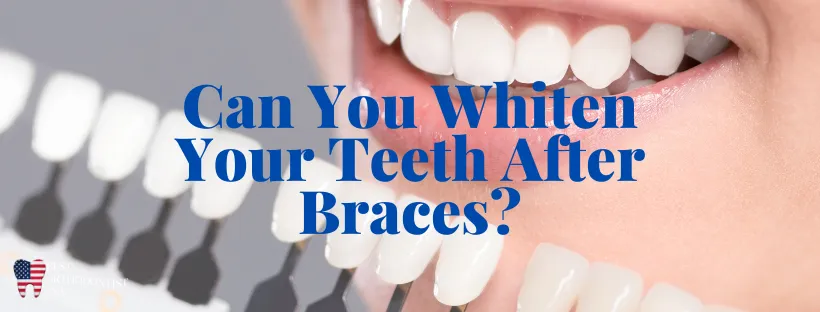
Consulting with your dentist is a critical first step before undergoing any teeth whitening treatment. Your dentist can assess your overall oral health, identify any underlying dental issues, and provide personalized recommendations. They can determine whether your teeth and gums are healthy enough for whitening and whether certain treatments are more appropriate for your specific needs. Your dentist can also advise you on managing sensitivity and can offer professional whitening treatments that are customized to your requirements. Regular dental checkups before and during whitening ensure that your teeth remain healthy and that you achieve the best possible outcome. Furthermore, your dentist can also guide you on the appropriate use of any at-home whitening products, helping to minimize risks and maximize effectiveness.
Oral Health Assessment
A comprehensive oral health assessment is essential before starting teeth whitening. The assessment involves checking for existing dental issues, such as cavities, gum disease, or cracked teeth, as these conditions may need to be addressed before proceeding with whitening. Your dentist will also assess your teeth for any existing fillings, crowns, or other dental work, as these may not whiten in the same way as your natural teeth. It’s also important to discuss any history of tooth sensitivity with your dentist, as this can influence the type of whitening treatment recommended. By identifying and addressing any potential issues, you can ensure that your whitening treatment is safe and effective, and that you achieve the desired results without complications.
Managing Expectations
Managing expectations is crucial when considering teeth whitening. The results of teeth whitening can vary depending on the individual and the method used. It’s essential to understand that not everyone will achieve the same level of brightness. Factors such as the initial shade of your teeth, the type of stains you have, and your overall oral health will all influence the outcome. Furthermore, it is important to be realistic about the limitations of teeth whitening. Whitening treatments do not change the natural color of your teeth and are not permanent. Understanding these limitations and setting realistic goals can help you avoid disappointment and be satisfied with the results. Open communication with your dentist about what you hope to achieve is essential for managing expectations and achieving a satisfactory outcome.
Maintaining Your Bright Smile
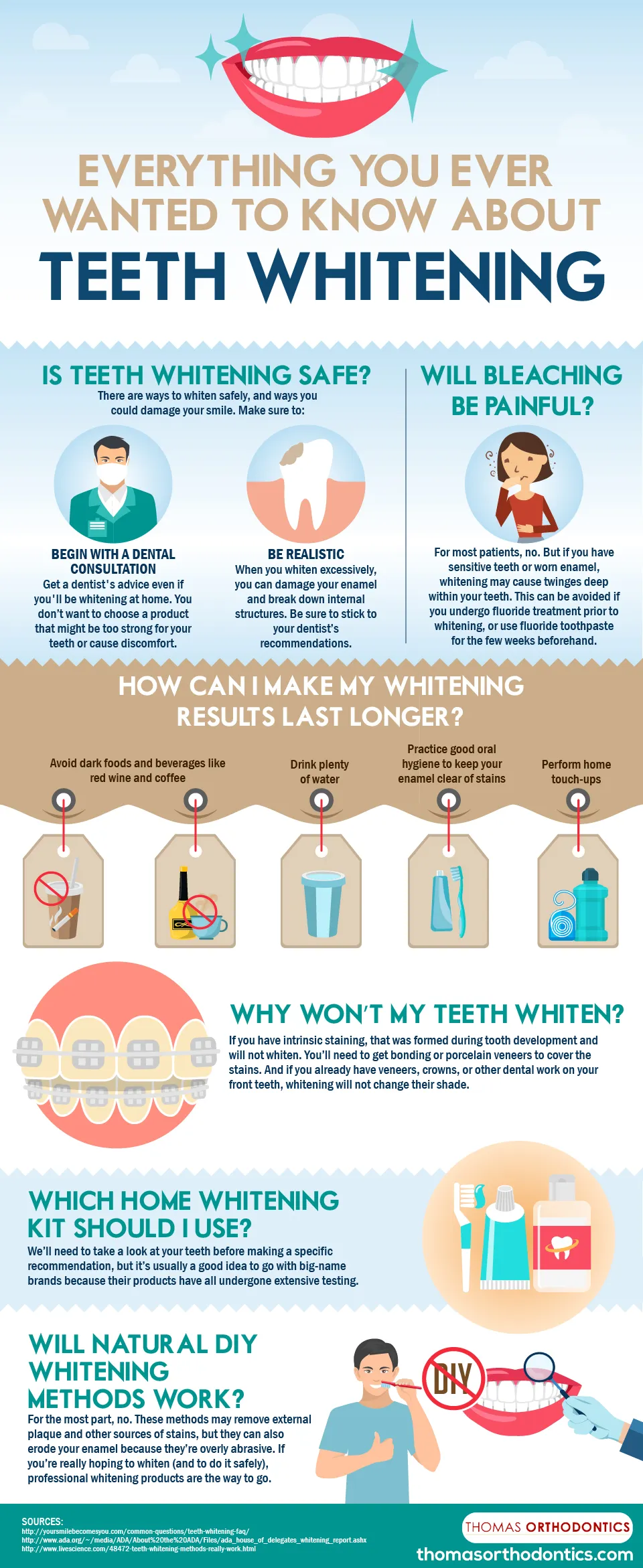
Maintaining a bright, white smile after teeth whitening requires a consistent approach to oral hygiene and lifestyle adjustments. Following the recommended aftercare instructions from your dentist or the manufacturer of your whitening product is vital. This often includes practicing a diligent oral hygiene routine, making smart dietary choices, and scheduling regular dental checkups. By adopting these habits, you can extend the longevity of your whitening results and preserve your beautiful, confident smile. Taking proactive steps to prevent new stains is essential for long-term success.
Oral Hygiene Routine
Maintaining a consistent and effective oral hygiene routine is essential for preserving the results of your teeth whitening treatment. Brush your teeth at least twice a day with a fluoride toothpaste to remove plaque and food particles. Floss daily to remove debris from between your teeth and around the gumline. Consider using an antibacterial mouthwash to help kill bacteria and reduce plaque. Regular brushing, flossing, and rinsing prevent surface stains from accumulating and keep your teeth clean and healthy. Choose a soft-bristled toothbrush to avoid damaging your enamel and be sure to replace your toothbrush every three months or when the bristles become frayed. Proper oral hygiene not only extends the lifespan of your whitening results but also promotes overall oral health.
Dietary Adjustments
Dietary choices significantly impact the longevity of your teeth whitening results. Certain foods and beverages can stain your teeth, causing them to lose their brightness over time. Limit your consumption of staining agents like coffee, tea, red wine, and dark-colored sodas. These drinks contain pigments that can easily penetrate the enamel and cause discoloration. Be mindful of highly pigmented foods, such as berries, curries, and soy sauce. After consuming these foods or beverages, consider rinsing your mouth with water or brushing your teeth to minimize staining. Smoking and other tobacco products can also cause significant discoloration. Avoid these products to protect your teeth and maintain your bright smile.
Regular Dental Checkups
Regular dental checkups are essential for maintaining your bright, white smile and overall oral health. During your checkups, your dentist will examine your teeth and gums for any signs of problems, such as cavities, gum disease, or other issues. They will also professionally clean your teeth to remove plaque and tartar buildup, which can cause staining. Your dentist can also assess the effectiveness of your whitening treatments and make recommendations for maintaining your results. Regular checkups allow for early detection and treatment of any dental problems, preventing them from impacting your smile. Follow the recommended schedule for dental checkups, typically every six months, to ensure your teeth remain healthy and your smile stays bright and beautiful.
